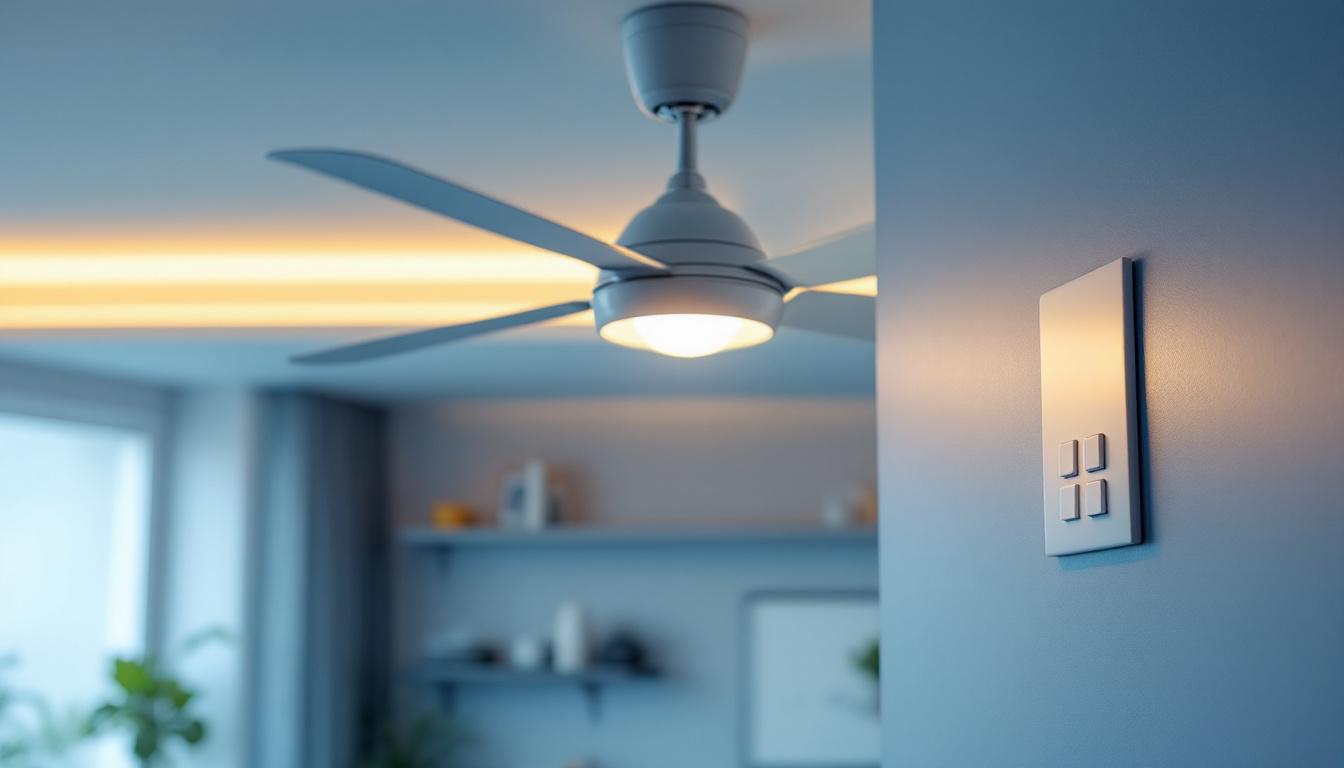
As the demand for outdoor lighting solutions continues to grow, lighting contractors play a crucial role in providing effective and aesthetically pleasing light posts. This guide serves as a comprehensive resource for lighting contractors looking to enhance their knowledge and skills in the installation and maintenance of light posts. From understanding different types of light posts to installation techniques and maintenance tips, this article covers essential aspects that every lighting contractor should know.
Light posts are essential components of outdoor lighting systems, providing illumination for streets, parks, pathways, and various public spaces. They not only enhance visibility but also contribute to safety and security. Understanding the different types of light posts available is vital for contractors to make informed decisions when selecting and installing lighting solutions.
There are several types of light posts, each designed for specific applications. The most common types include:
The material of a light post significantly impacts its durability, maintenance requirements, and overall appearance. Common materials include:
When selecting light posts, contractors must consider the design and functionality. Factors such as height, luminaire type, and spacing between posts are crucial for achieving optimal lighting. Additionally, the aesthetic appeal of the light posts should align with the surrounding environment, enhancing the overall landscape.
Moreover, the placement of light posts can significantly influence the effectiveness of the lighting system. For instance, in areas prone to heavy foot traffic, light posts should be spaced closer together to ensure adequate illumination and deter crime. In contrast, in more open spaces, such as parks or recreational areas, a wider spacing may be appropriate to create a more ambient atmosphere while still providing necessary visibility. Furthermore, the integration of smart lighting technology is becoming increasingly popular, allowing for adaptive lighting solutions that can adjust based on the time of day or the presence of pedestrians.
Another important aspect to consider is the energy efficiency of the lighting fixtures used in conjunction with the light posts. LED technology has revolutionized outdoor lighting, offering longer lifespans and reduced energy consumption compared to traditional incandescent bulbs. This not only lowers operational costs but also minimizes the environmental impact, aligning with sustainability goals that many municipalities and organizations are striving to achieve. As such, selecting light posts that can accommodate LED fixtures is a forward-thinking choice that benefits both the community and the planet.
Proper installation of light posts is essential for ensuring longevity and performance. Lighting contractors must be familiar with various installation techniques to achieve the best results.
Before installation, conducting a thorough site assessment is critical. This involves evaluating the area for existing infrastructure, potential obstructions, and soil conditions. Understanding the specific lighting needs of the space will inform the placement and type of light posts required. Factors such as pedestrian traffic patterns, surrounding vegetation, and the intended use of the area—whether for safety, aesthetics, or both—should be considered. Additionally, assessing the local climate can influence the selection of materials and fixtures that can withstand environmental challenges, such as wind, rain, or snow.
The foundation is a vital aspect of light post installation. A sturdy base ensures stability and longevity. Common methods include:
Proper mounting techniques also play a role in the installation process. Ensuring that the post is plumb and securely fastened will prevent leaning or instability over time. In addition, using adjustable mounting brackets can allow for fine-tuning the angle and height of the light fixture, optimizing the light distribution across the intended area. Contractors may also consider the use of anti-vandalism features, such as tamper-proof screws and reinforced bases, particularly in public spaces where the risk of damage is higher.
For electrically powered light posts, proper wiring and connections are essential. Contractors should adhere to local electrical codes and safety standards. This includes using weatherproof fixtures, ensuring proper grounding, and protecting wiring from potential damage. Furthermore, implementing energy-efficient lighting solutions, such as LED bulbs, not only reduces electricity costs but also extends the lifespan of the fixtures. It is also advisable to install timers or motion sensors to enhance energy savings and improve safety by providing illumination only when needed. Regular maintenance checks on the electrical connections can prevent unexpected outages and ensure consistent performance throughout the lighting system’s lifespan.
Regular maintenance is crucial for the longevity and efficiency of light posts. Neglecting maintenance can lead to decreased performance and safety hazards.
Conducting routine inspections helps identify potential issues before they escalate. Contractors should check for:
Keeping light posts clean not only enhances their appearance but also improves functionality. Dust, dirt, and debris can accumulate on fixtures, reducing light output. Regular cleaning schedules should be established, particularly in areas with heavy traffic or environmental exposure.
Electrical issues can arise over time, affecting the performance of light posts. Contractors should be prepared to troubleshoot common problems such as:
As the focus on sustainability grows, lighting contractors must consider energy-efficient solutions when selecting and installing light posts. This not only benefits the environment but can also lead to cost savings for clients.
LED lights have become the standard for outdoor lighting due to their energy efficiency and longevity. Compared to traditional incandescent bulbs, LEDs consume significantly less energy and have a longer lifespan, reducing the frequency of replacements. Contractors should educate clients on the benefits of LED lighting, including:
Solar-powered light posts offer an environmentally friendly alternative, particularly in remote areas. These systems harness solar energy during the day and provide illumination at night without relying on traditional power sources. Key advantages include:
Integrating smart technology into outdoor lighting systems is becoming increasingly popular. Smart light posts can be controlled remotely, allowing for adjustments based on real-time conditions. Benefits of smart lighting include:
Lighting contractors must be aware of local regulations and codes that govern outdoor lighting installations. Compliance is essential to ensure safety and avoid potential legal issues.
Before beginning any installation project, contractors should check local zoning laws and permitting requirements. This may include:
Understanding environmental regulations is also crucial, particularly when installing light posts in sensitive areas. Contractors should consider:
Light posts are an integral part of outdoor lighting solutions, and lighting contractors must be well-versed in their installation, maintenance, and regulatory considerations. By understanding the different types of light posts, installation techniques, and energy-efficient options, contractors can provide superior service to their clients. As the industry evolves, staying informed about new technologies and sustainable practices will ensure that contractors remain competitive and capable of meeting the growing demands of the market.
In conclusion, investing time in learning about light posts and their applications will not only enhance a contractor’s skill set but also contribute to safer, more beautiful outdoor spaces. By prioritizing quality, sustainability, and compliance, lighting contractors can play a vital role in shaping the future of outdoor lighting.
Ready to elevate your lighting projects with the highest quality light posts and fixtures? Look no further than LumenWholesale, where we provide spec-grade lighting products at unbeatable wholesale prices. Our extensive selection is designed to meet the highest industry standards, ensuring you deliver reliable and high-performance lighting to every outdoor space. With the convenience of bulk buying, free shipping, and no hidden fees, you can trust LumenWholesale to supply premium lighting solutions that blend quality, affordability, and convenience seamlessly. Take the next step in enhancing your lighting contractor services by visiting Wholesale Lighting at the Best Value and discover how we can help you shine brighter in your projects.

Discover the benefits and installation tips of LED solar-powered pathway lights in this comprehensive guide for lighting contractors.

Discover how outdoor solar lights are transforming the landscape for lighting contractors, offering sustainable solutions that enhance aesthetics and efficiency.

Discover the key considerations for lighting contractors when selecting solar light lamp posts.

Discover how lighting contractors can enhance their business profits by mastering the installation and optimization of ceiling fan light wall switches.